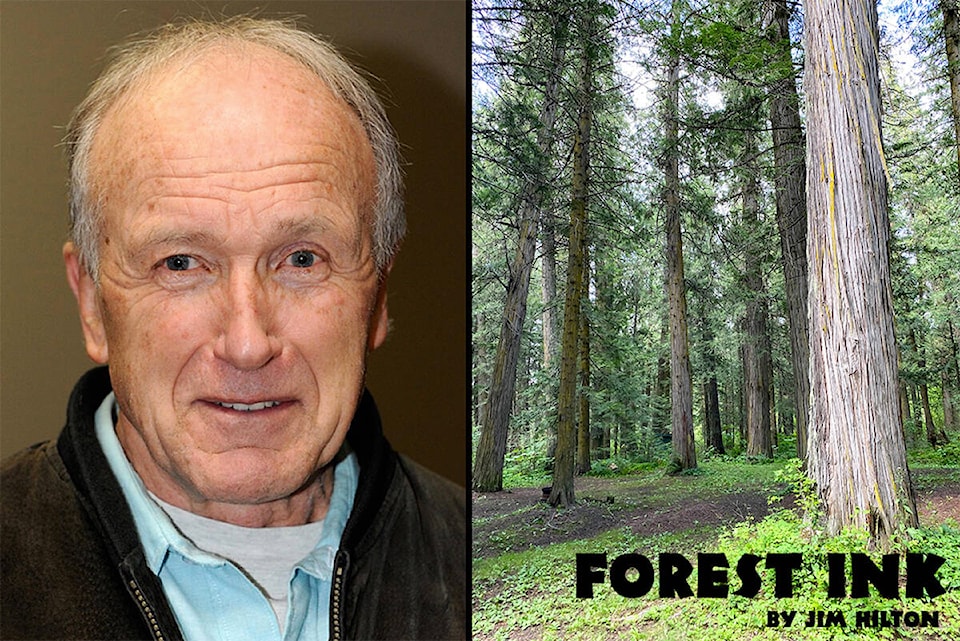While some wildfires are still burning, the cooler weather and rain have provided some reprieve for the firefighters and contractors, but for others the work is just starting.
These are the people involved with the rehabilitation of changes to the forests brought about by the firefighting activities including the following: machine and hand guards, fire access roads and trails, breached barriers, stream crossings, staging areas and sumps.
READ MORE: Bouchie Lake fire chief happy with department’s work to extinguish wildfire
The activities to address this damage are covered by the Wildfire Act and Regulations and funded under the direct fire budget. In some cases the damage may be minor when the soils are resistant to damage and the terrain is relatively flat. In contrast damage can be considerable when soils are easily eroded, gullies and streams were crossed and topography was steep.
This spring a new publication was made available to government staff working on wildfires as well as the rehabilitation following the fires. This handy pocket version “Wildfire Suppression Activities with Heavy Equipment” covers the wildfire fighting approach that will minimize the amount of rehabilitation needed following the fire.
As pointed out in this “infoflip,” fire suppression activities are considered an emergency response and, therefore, may not be able to adhere to provincial guidelines and best practices but every effort must be made to prevent and minimize unnecessary environmental impacts.
In an ideal situation a qualified “line locator” will have appropriate maps and obtain local knowledge and expertise if available and make sure there is good communication between the operations section chief and equipment operators.
In some busy fire years like 2017 /18 and again this year when there are many large wildfire starts the situation is anything but ideal and in many cases the locals are faced with initial attacks without much if any input from the BC Wildfire Service, in some cases for a few days.
This frustration has been expressed in a number of articles from forest industry like the Truck Loggers Association: “Contractors are skilled, experienced and efficient resources and should be an integral component of provincial fire suppression activities, especially during the initial attack phase. When a wildfire begins on the working forest land base, contractors — who are passionate about protecting their working resource and the province’s productive forest land base — are typically more than willing to utilize their fire-suppression and cross training experience. To help improve firefighting results and reduce costs to the province, vital improvements are needed, including better pre-planning, more cross-training, improvements to communication, and increased utilization of localized contractor resources. As we prepare for the 2019 wildfire season, we encourage dialogue with contractors aimed at ensuring that we as an industry are doing as effective a job as possible of utilizing human resources, equipment and taxpayer dollars.”
There has been some discussions about the more remote communities establishing there own initial attack crews and I would assume they would have the same level of training as other provincial crews so they could operate throughout the province but their first responsibility would be initial attack in their respective or adjacent communities. In lighter fire years they could be involved with fire prevention activities like controlled burning or rehabilitation of past wild fire activities.
An interesting comment in the “infoflip” is that it is not intended for external distribution or use (outside of MFLNRORD) but my suggestion is there should be a version that could be made available to the locals and equipment operators. This would be a good start to improved communication and cross training.
Jim Hilton is a professional agrologist and forester who has lived and worked in the Cariboo Chilcotin for the past 40 years. Now retired, Hilton still volunteers his skills with local community forests organizations.
Do you have a comment about this story? email:
editor@wltribune.com
Like us on Facebook and follow us on Twitter.
